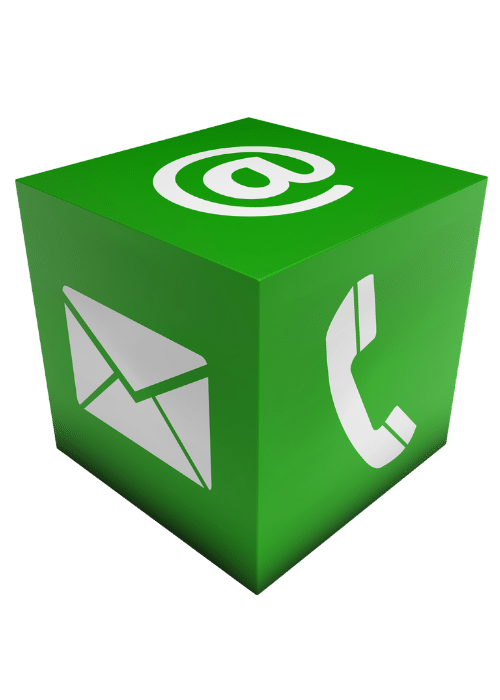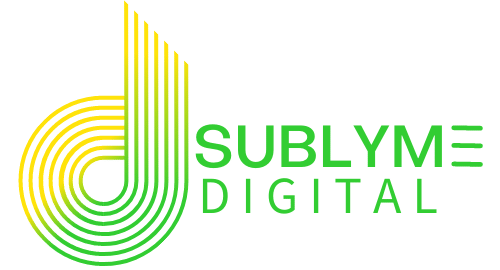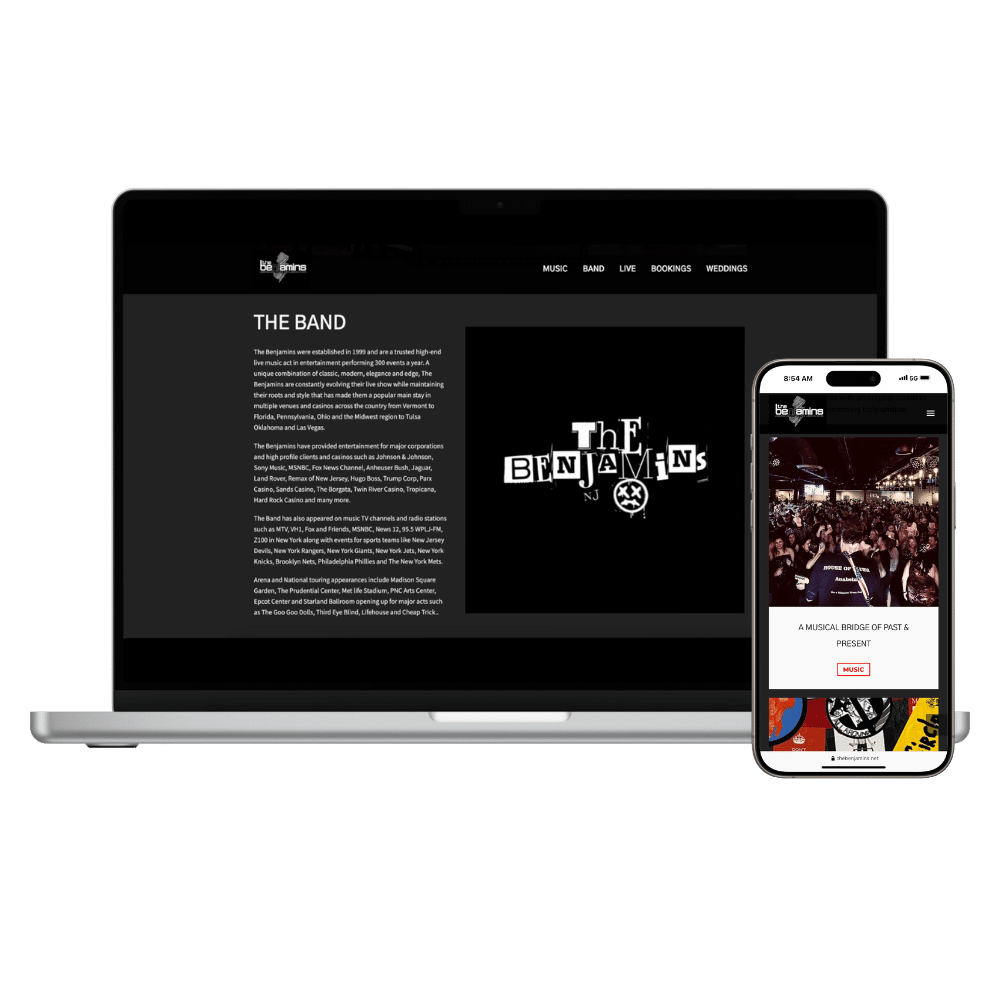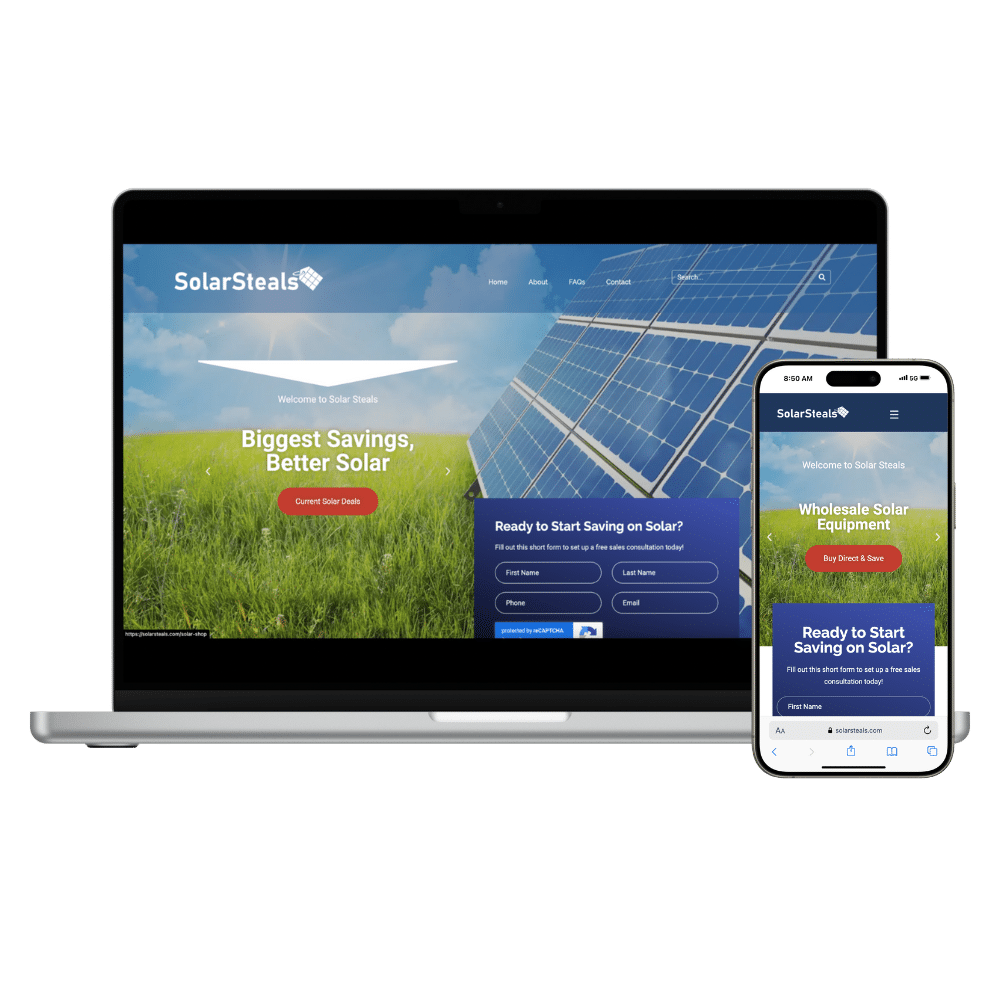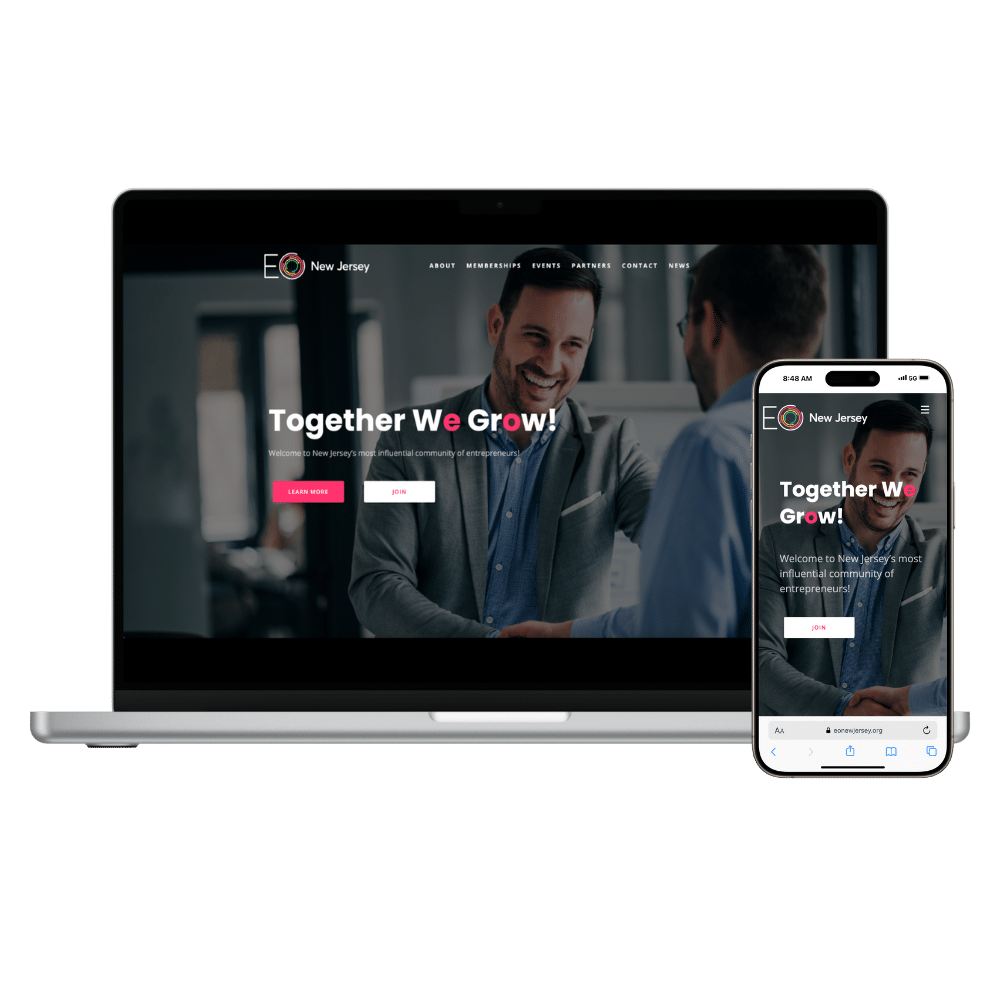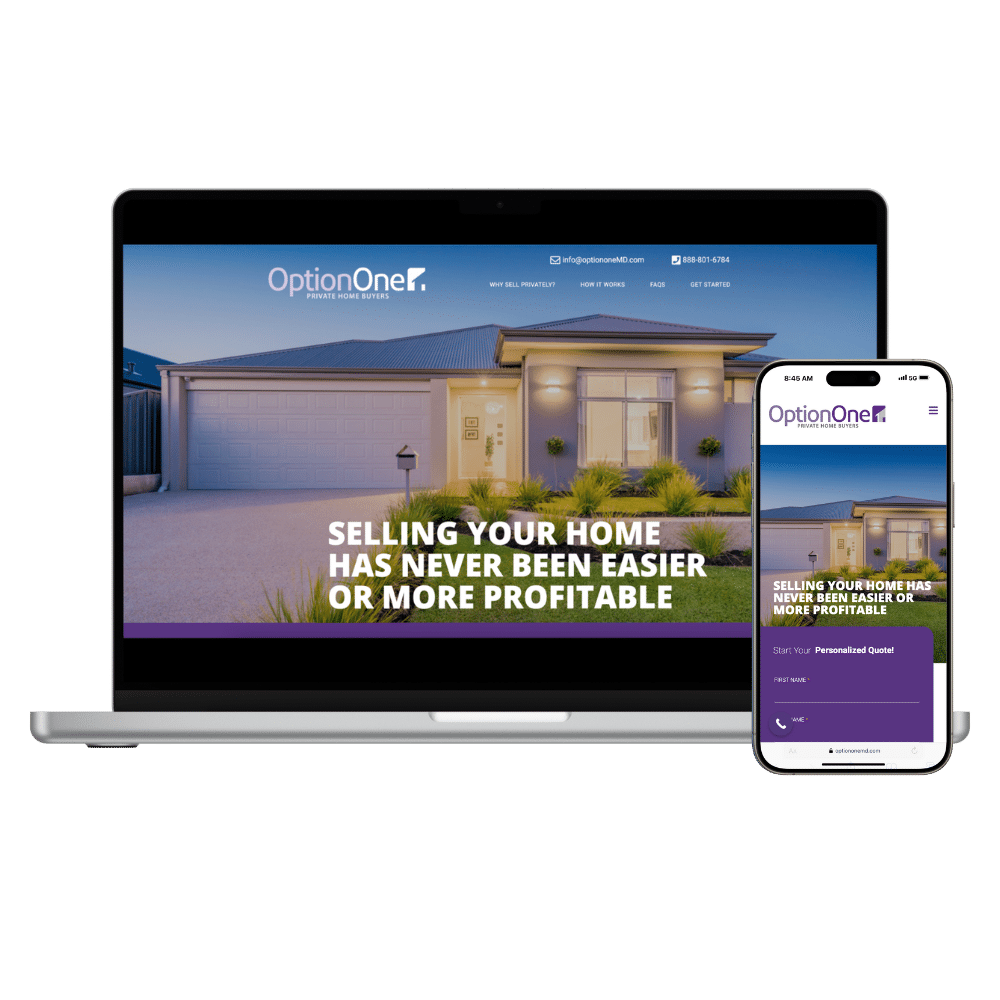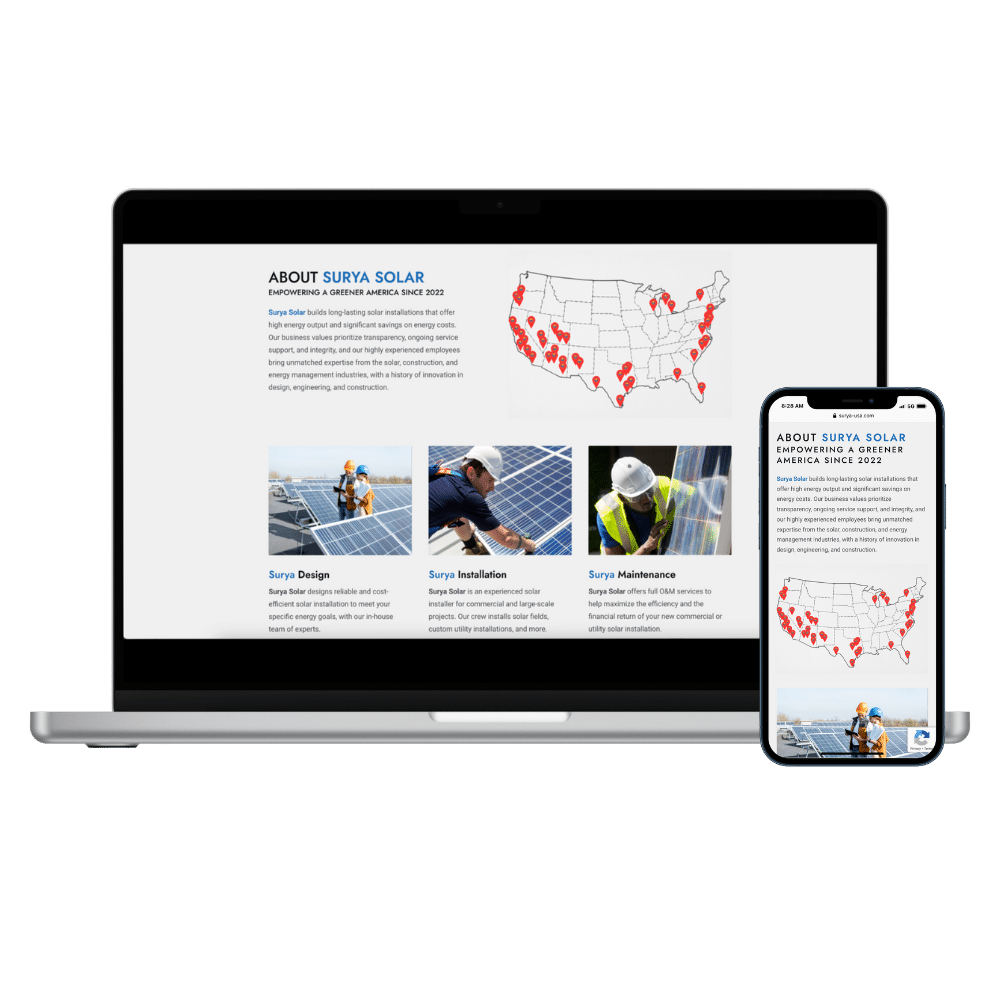The Ultimate Guide to Small Business Marketing Success
Unlocking Digital Growth: Proven Strategies for Small Business Marketing
Key Takeaways
- Digital marketing for small businesses is uniquely challenging, but success is attainable with the right strategy.
- In-depth planning, audience understanding, and data-driven decisions are crucial for growth.
- Leveraging the right tools and adapting to change will keep you ahead of the competition.
- Authentic storytelling and consistency build trust and loyalty with your audience.
Introduction
Digital marketing is both a tremendous opportunity and a persistent challenge for small businesses. Professionals and entrepreneurs know that the digital world is crowded, competitive, and constantly evolving. Whether you’re a solo consultant, a local retailer, or a B2B service provider, you’ve likely faced the frustration of trying to gain traction online with limited resources. The good news? With the right approach, even the smallest business can carve out a powerful digital presence, compete with larger brands, and drive meaningful results

This guide is designed for professionals and entrepreneurs who are ready to move beyond generic advice and tackle the real obstacles holding them back. We’ll break down the most common digital marketing challenges, share detailed strategies for overcoming them, and provide actionable steps you can implement right away. By the end, you’ll have a clear roadmap to digital marketing success—no shortcuts, no fluff, just practical guidance for real-world results.
Understanding Digital Marketing Challenges for Small Businesses
Digital marketing is never one-size-fits-all, especially for small businesses. The obstacles you face are often more complex than simply “not enough traffic” or “low engagement.” Let’s examine the real roadblocks and why they matter.
Resource Constraints: Time, Money, and Expertise
Small businesses rarely have the luxury of a dedicated marketing department. Most owners juggle marketing with sales, operations, and customer service. Budgets are tight, and the pressure to see immediate results is high. This leads to a cycle of “dabbling” in multiple channels—trying social media, running a few ads, occasionally updating the website—without a cohesive plan or the bandwidth to execute it well.
Information Overload and Rapid Change
The digital landscape is overwhelming. Algorithms change, new platforms emerge, and best practices evolve at a dizzying pace. Professionals and entrepreneurs often feel paralyzed by the sheer volume of advice and tools available. Should you focus on TikTok or LinkedIn? Is SEO still worth it? What about AI-driven content or influencer marketing? The endless options can lead to decision fatigue and inaction.
Standing Out in a Saturated Market
No matter your industry, the competition online is fierce. Larger brands have bigger budgets, more staff, and greater name recognition. For small businesses, it’s easy to feel invisible—especially if you’re relying on generic messaging or outdated tactics. Crafting a compelling brand story and finding your unique angle is essential but often overlooked.
Measuring What Matters
Many small businesses either ignore analytics or get lost in vanity metrics. It’s not enough to count likes or website visits; you need to measure what actually drives business growth—qualified leads, conversions, and customer retention. Without clear goals and the right tracking in place, it’s impossible to know what’s working or where to invest your limited resources.
Developing a Strategic Foundation for Digital Marketing Success
Define Clear, Measurable Goals
Success begins with clarity. What does digital marketing success look like for your business? It could be increasing qualified leads by 30% in six months, doubling online sales by year-end, or building an engaged email list of 1,000 subscribers. Set SMART (Specific, Measurable, Achievable, Relevant, Time-bound) goals, and revisit them regularly.
Know Your Audience Inside and Out
You can’t market effectively if you don’t know who you’re speaking to. Develop detailed buyer personas based on real data: demographics, pain points, buying behavior, and motivations. Use surveys, customer interviews, and analytics to refine your understanding. This knowledge will inform every marketing decision—from the content you create to the platforms you prioritize.
Craft a Compelling Brand Story
Your story is your greatest differentiator. Why did you start your business? What values drive you? How does your product or service improve your customers’ lives? Share these stories authentically across your website, social media, and email campaigns. Real stories build real connections and set you apart from competitors who rely on generic messaging.
Choose the Right Channels and Tools
Don’t try to be everywhere at once. Focus on the channels that align with your audience and business goals. For some, that might mean investing in local SEO and Google My Business; for others, it could be LinkedIn thought leadership or Instagram storytelling. Select tools that streamline your efforts—like Hootsuite for social scheduling, Mailchimp for email marketing, or SEMrush for SEO—and learn them well.

Executing High-Impact Digital Marketing Tactics
Content Marketing: Quality Over Quantity
Content is the engine of digital marketing, but more isn’t always better. Focus on creating high-quality, valuable content that addresses your audience’s questions and challenges. This could be in-depth blog posts, how-to videos, case studies, or resource guides. Prioritize evergreen topics that drive long-term traffic and leads. Use keyword research to identify what your audience is searching for, and optimize your content for both users and search engines.
SEO: The Long Game That Pays Off
SEO is a marathon, not a sprint—but it’s worth the investment. Start with on-page basics: optimize titles, meta descriptions, headers, and images. Build authoritative backlinks through partnerships, guest blogging, and local citations. Don’t overlook technical SEO—ensure your site is mobile-friendly, fast-loading, and easy to navigate. Track your rankings and organic traffic, and adjust your strategy based on data.
Social Media: Engagement Over Broadcasting
Social media isn’t just about posting updates; it’s about building relationships. Engage with your audience by responding to comments, sharing user-generated content, and participating in relevant conversations. Use stories, polls, and live videos to create two-way dialogue. Track engagement metrics and refine your approach based on what resonates most.
Paid Advertising: Smart Spending for Maximum ROI
Paid ads can deliver quick results, but only if managed wisely. Start with clear objectives—brand awareness, lead generation, or sales—and target your audience precisely. Use A/B testing to optimize ad copy, images, and calls-to-action. Monitor your cost per click (CPC), conversion rates, and return on ad spend (ROAS). Scale what works, and pause what doesn’t.

Measuring Success and Adapting to Change
Track the Metrics That Matter
Digital marketing is never “set it and forget it.” Continuous improvement is key.
Focus on metrics tied to your business goals: leads, conversions, customer acquisition cost, and lifetime value. Use tools like Google Analytics, Facebook Insights, and CRM data to track performance. Set up dashboards for at-a-glance reporting, and review your data regularly to spot trends and opportunities.
Learn from Failures and Wins
Every campaign is a learning opportunity. Analyze what worked, what didn’t, and why. Celebrate your successes, but dig into your failures for insights. Did a blog post underperform? Maybe the topic wasn’t relevant, or the promotion was lacking. Did an ad campaign exceed expectations? Double down on the messaging or audience targeting that delivered results.
Stay Agile and Keep Learning
Digital marketing will keep evolving—so should you. Invest in ongoing education through webinars, online courses, and industry events. Follow thought leaders, join professional groups, and encourage your team to share new ideas. The most successful small businesses are those that adapt quickly and never stop learning.
Build a Culture of Consistency
Consistency builds trust. Whether it’s your posting schedule, your brand voice, or your customer service, show up for your audience regularly. Consistent effort compounds over time, turning small wins into significant growth.
Conclusion
Overcoming digital marketing challenges as a small business is not only possible but entirely achievable. While the digital landscape can seem overwhelming, understanding your unique obstacles and building a solid strategy allows you to compete effectively—even against larger brands. By setting clear goals, knowing your audience, and focusing on high-impact tactics, you can drive real growth and carve out your place in the market.
Remember, digital marketing is an ongoing journey, not a quick fix. The most successful businesses are those that stay committed, adapt to changes, and continuously learn from their results. With persistence and the right approach, your small business can thrive and stand out in today’s digital world.
Frequently Asked Questions (FAQ)
A: Limited resources—time, budget, and expertise—are the most common obstacles. However, with a focused strategy and the right tools, these can be overcome.
A: Focus on optimizing your website’s key pages, building local citations, and creating high-value content that answers your audience’s questions.
A: Both have value. Paid ads offer quick wins, while organic marketing builds long-term authority. The best approach often combines both, tailored to your goals and budget.
A: Track metrics tied to your business objectives—qualified leads, conversions, sales, and customer retention. Use analytics tools to monitor progress and guide decisions.
A: Subscribe to industry newsletters, attend webinars, and join professional groups. Continuous learning is key to staying ahead.
Let's Build Something Sublyme
Ready to break through your digital marketing roadblocks?
Connect with our team of experts today for a personalized strategy session and start building the online presence your business deserves. Don’t let another opportunity pass you by—take the first step toward digital success now.
